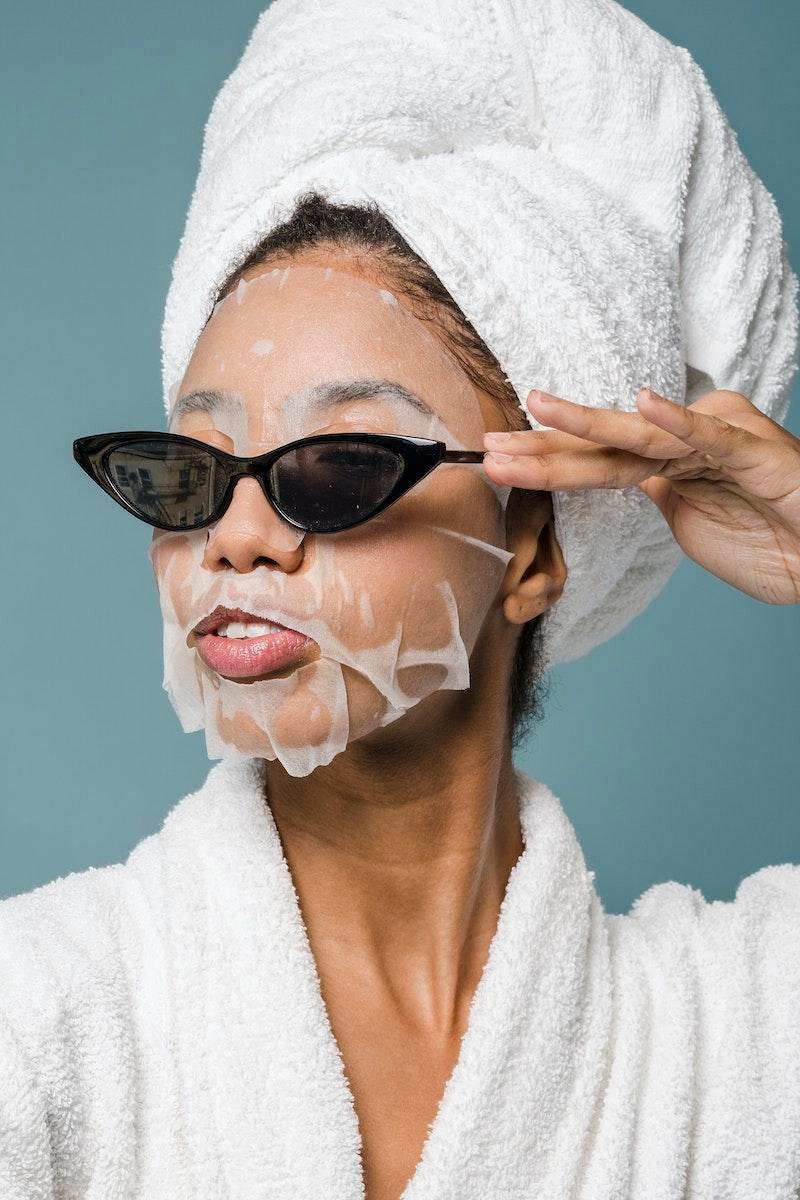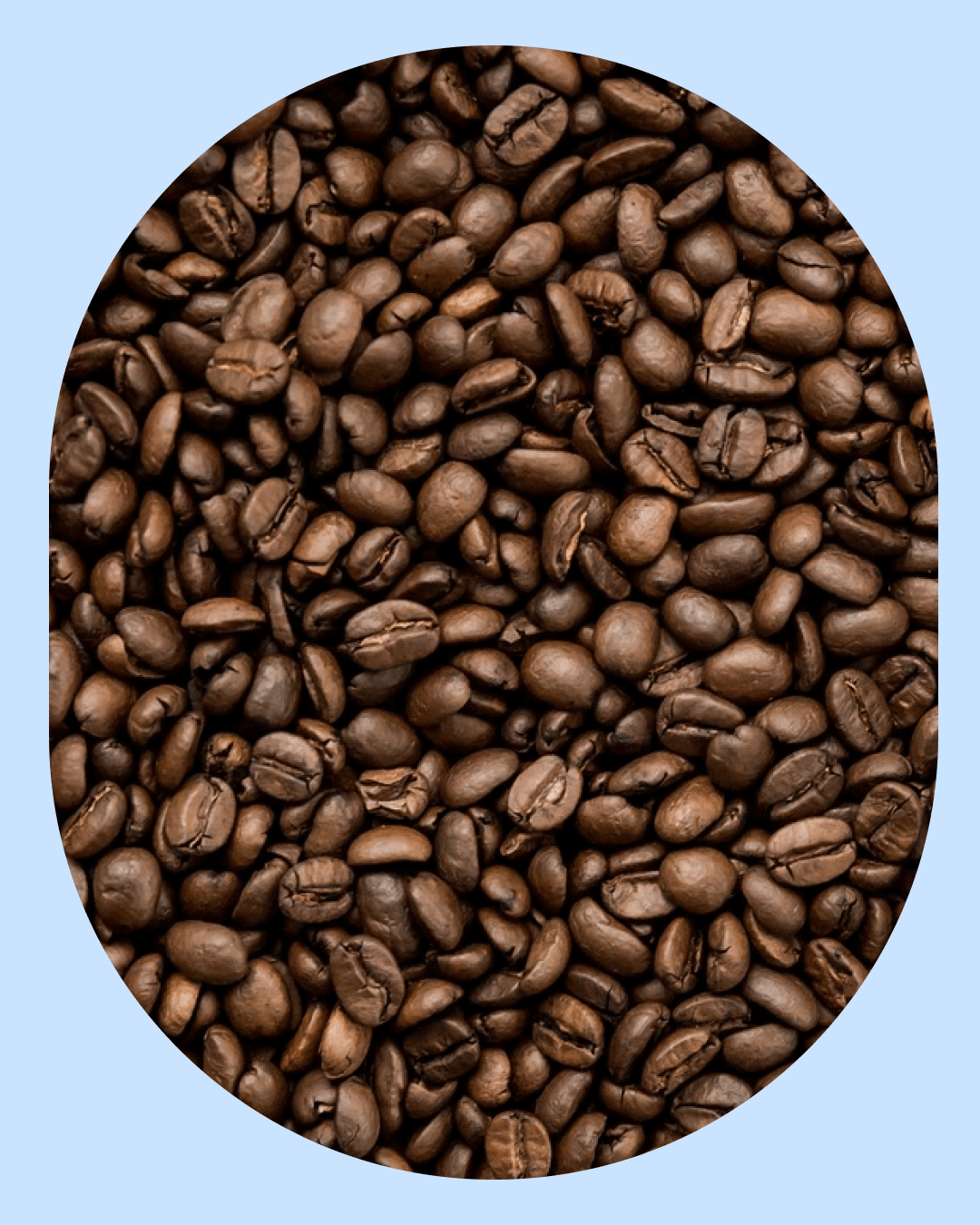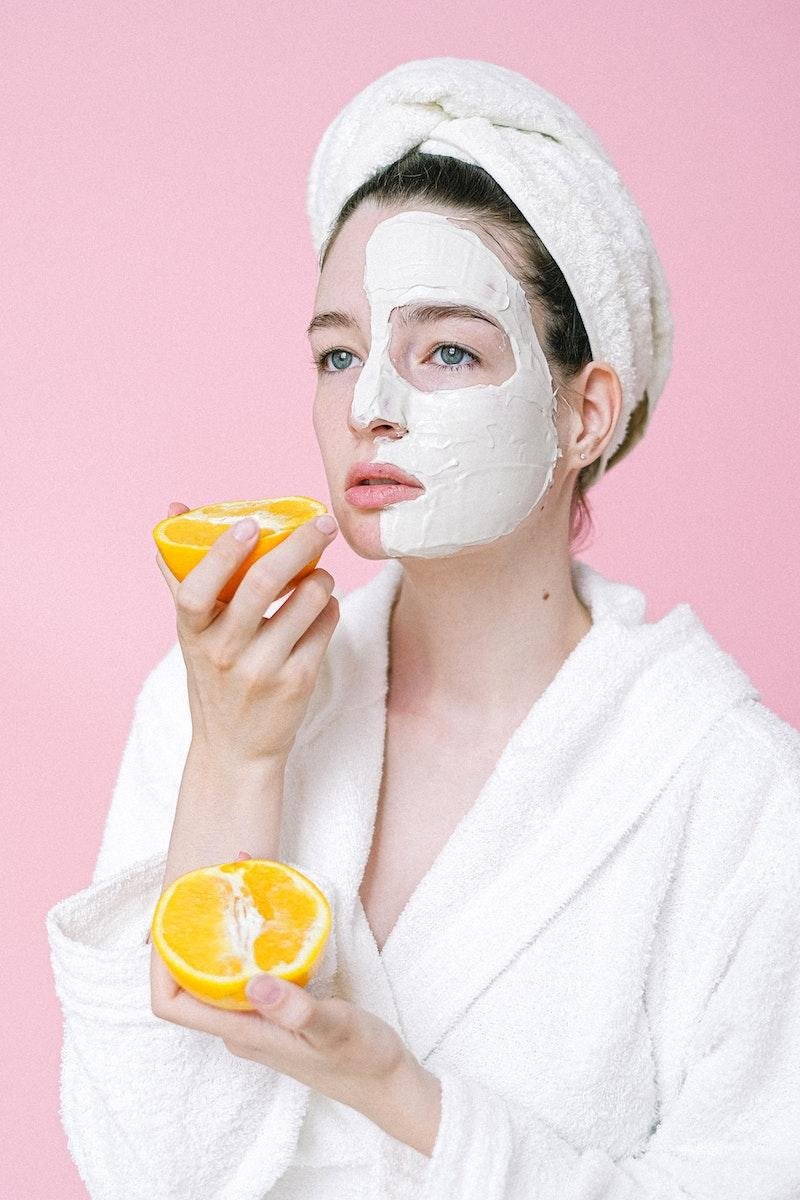Glass skin has recently emerged as a prominent buzzword in the realm of skincare. This trend promises a flawless, translucent complexion that exudes a natural radiance. Inspired by the Korean beauty phenomenon, glass skin embodies the quest for a smooth, luminous, and impeccably clear skin texture. It is characterized by a delicate, glass-like appearance that reflects light and boasts a dewy and ethereal glow. Achieving glass skin requires an approach that encompasses meticulous skincare practices of hydration and nourishment. Below, we explore the core tenants of glass skin, delve into the recommended skincare routine and key ingredients to achieve glass skin, and address the question of whether this flawless complexion is truly attainable.
What is Glass Skin?
Glass skin is a skincare goal from South Korea and has gained international attention. It refers to the aspiration of achieving an exceptionally clear, smooth, and dewy complexion, resembling the appearance of glass. This trend focuses on cultivating healthy skin that radiates a natural glow, reducing the need for heavy makeup to cover imperfections.
The three goals of glass skin are luminosity, transparency, and a natural glow. Luminosity refers to the skin’s ability to reflect light, giving it a radiant and lit-from-within appearance. Transparency implies a clear and even skin tone with minimal visible blemishes, such as acne scars or hyperpigmentation. The natural glow is a result of the skin’s overall health and hydration, which gives it a youthful and dewy look.
How is Glass Skin Achieved?
The quest for glass skin has three tenants; hydration, brightness, and texture. When you achieve well-hydrated, bright, and smooth even skin, is when it is said to appear glass-like.
Hydration plays a vital role in the quest for glass skin as it helps maintain the skin’s moisture balance, keeping it plump and supple. Well-hydrated skin appears more luminous and reflects light better, contributing to the glass-like effect. Products with humectants like hyaluronic acid and glycerin are commonly used to boost hydration.
Brightness is another essential factor for glass skin. This involves targeting dullness and promoting a more even skin tone. Regular exfoliation helps remove dead skin cells, revealing a brighter complexion underneath. Additionally, incorporating brightening ingredients such as vitamin C or niacinamide can help fade dark spots and enhance overall brightness.
Texture also plays a crucial role in glass skin. A smooth and refined skin texture gives the appearance of smooth and flawless skin. Exfoliating regularly and using products with ingredients like AHAs or BHAs helps improve skin texture by unclogging pores and reducing the appearance of roughness or unevenness.
The Glass Skin Routine
The glass skin trend revolves around a meticulous routine that involves layering multiple lightweight and nourishing products. The aim is to achieve a flawless, radiant complexion that exudes a smooth, translucent appearance while providing intense hydration. When selecting products for your glass skin routine, avoid harsh and potentially damaging ingredients such as drying alcohols, irritating fragrances, and harsh sulfates. These ingredients can cause skin sensitivity, redness, and compromise the skin barrier, which goes against the desired glass skin effect. To truly embrace the glass skin routine, prioritize gentle and hydrating products that promote skin health and luminosity.
Step 1: Double Cleansing
The double cleansing method is a highly effective skincare technique that involves two steps: using an oil-based cleanser followed by a water-based cleanser. The first step involves an oil-based cleanser to gently lift and remove makeup, sunscreen, excess sebum, and other oil-based pollutants. The second step uses a pH-neutral water-based gel or cream cleanser. This washes away water-based impurities such as sweat and dirt. The double-cleansing method effectively cleanses the skin without stripping it of its natural moisture, while leaving it soft, refreshed, and ready to absorb the rest of your skincare routine.
Step 2: Exfoliation
As previously mentioned, smooth and flawless texture is a vital aspect of glass skin. Exfoliation plays a key part in this process by effectively removing dead skin cells and promoting healthy skin cell turnover. By incorporating exfoliation into your skincare routine, you can improve your skin’s texture, minimize the appearance of pores, and enhance its natural radiance. Choose gentle exfoliants, such as a chemical exfoliant, that are suitable for your specific skin type. However, exercise caution as excessive exfoliation can damage the skin barrier. Remember that less is more when it comes to maintaining a healthy and balanced complexion.
Step 3: Hydration
Hydration lies at the core of achieving glass skin, and a popular technique called the “7 Skin Method” is often used to accomplish this. This method involves layering multiple lightweight toners, essences, and serums on the skin. By utilizing this technique, the products penetrate deeply into the skin, going beyond the surface layers for better absorption and hydration. The layering process strengthens the skin’s moisture barrier, resulting in a plump, supple, and radiant complexion. To get the most out of your products, begin with the lightest water-based toners and essences, gradually progressing to heavier serums and lotions. This approach ensures your skin fully benefits from the hydrating, nourishing, and brightening properties of these products.
Step 4: Sheet Masks
Sheet masks are a popular addition to the glass skin routine due to their ability to provide intense hydration and nourishment in an extended, concentrated form. These single-use masks are infused with a variety of beneficial ingredients, such as hyaluronic acid, ceramides, and vitamins, which deeply penetrate the skin. Apply your sheet mask and leave it on for approximately 30 minutes to allow your skin to absorb the product After removing the mask, gently pat any remaining serum onto the skin, allowing it to further hydrate and nourish.
Step 5: Moisturize
Moisturizers play a crucial role in the glass skin routine by providing hydration, maintaining the skin’s moisture barrier, and promoting a balanced complexion. They help replenish moisture, prevent water loss, and regulate oil production. Choosing a moisturizer based on your skin type and incorporating it consistently into your skincare routine is essential for achieving a plump, supple, and radiant complexion. Look for nourishing ingredients, and a lightweight formula suited for your skin type.
Step 6: Sun Protection
There is no way to overstate the importance of sun protection in the quest for glass skin. Sunscreen protects your skin against sun damage, premature aging, and helps to preserve its clarity. Regardless of the weather or the season, sunscreen should always be the final step in your morning skincare routine. Choose a broad-spectrum SPF product and, in the summer, consider additional measures such as seeking shade or wearing protective clothing.
Step 7: Slugging
Slugging is a unique Korean skincare technique that can help you achieve glass skin. Slugging involves applying a thin layer of occlusive moisturizer, typically Vaseline or another product containing petrolatum or other emollients, all over the face before bed. This occlusive layer creates a barrier that seals in moisture, keeping the skin hydrated throughout the night. Slugging can be especially beneficial for individuals with dry or dehydrated skin.
Step 8: Makeup
Embracing minimal makeup is a key element of glass skin. Rather than heavy makeup, aim for a natural, dewy look that enhances your skin’s natural radiance. Opt for lightweight products like BB/CC creams or tinted moisturizers to let your skin’s glass-like glow shine through. Avoid using powders or mattifying products. For an added touch, apply strategic highlighter or illuminating primer on the high points of your cheeks to enhance that coveted lit-from-within appearance.
Ingredients to Help You Achieve Glass Skin
As we mentioned, the foundation of glass skin is hydration, brightness, and texture. To create a skincare routine that works to achieve glass skin, it’s important to keep an eye out for products and ingredients that have these properties.
Here are some ingredients that are commonly used in K-Beauty products to achieve glass skin:
Hyaluronic Acid: With its exceptional hydrating properties, hyaluronic acid attracts and retains moisture, resulting in a plump and dewy complexion that is intensely hydrated and supple.
Niacinamide: As a derivative of vitamin B3, niacinamide helps regulate sebum production, improves skin texture, and promotes an even skin tone by reducing hyperpigmentation and brightening the complexion.
Vitamin C: This potent antioxidant not only fades dark spots and hyperpigmentation, but also stimulates collagen production, leading to smoother, more youthful-looking skin with a radiant glow.
AHAs (Alpha Hydroxy Acids): AHAs like glycolic acid and lactic acid exfoliate the skin, sloughing away dead skin cells to reveal a smoother and brighter complexion. Regular use of AHAs improves skin clarity and promotes healthy cell turnover.
BHAs (Beta Hydroxy Acids): BHAs, such as salicylic acid, are particularly beneficial for individuals with oily or acne-prone skin. These acids penetrate deep into the pores, effectively unclogging them and reducing blemishes.
Ceramides: Naturally occurring lipids in the skin, ceramides play a crucial role in maintaining the skin’s moisture barrier. By reinforcing this barrier, ceramides support hydration and contribute to a healthy, plump appearance.
Botanical Extracts: Soothing botanical extracts like aloe vera, green tea, and chamomile provide calming and antioxidant properties. They nourish and brighten the skin, improving its overall health and appearance.
Centella Asiatica: This ingredient, also known as “cica,” possesses soothing and healing properties, helping to calm inflammation and promote skin regeneration.
Ferments: Fermented ingredients, such as fermented yeast or rice extracts, are rich in beneficial enzymes and amino acids. They help nourish and revitalize the skin, enhancing its natural radiance and overall health.
Peptides: These small proteins support collagen production and help improve skin elasticity and firmness for a brighter and more supple appearance.
Retinol/Tretinoin: A derivative of vitamin A, retinol promotes cell turnover, improves skin texture, and reduces the appearance of fine lines and wrinkles.
Is Glass Skin Actually Achievable?
Achieving glass skin is desirable, but genetics, skin type, and lifestyle habits can influence its attainability. Some believe anyone can achieve it with the right routine, but prioritizing overall skin health matters more, regardless of appearance. This means keeping a consistent skincare regimen that includes essential practices like cleansing, hydration, moisture, and sun protection on a daily basis. Additionally, focusing on internal health by consuming a balanced diet and staying adequately hydrated is crucial.
Regardless of glass skin’s achievability, transformations require time, patience, and consistency. If you are facing significant skin conditions or challenges, seek the expertise of a licensed skincare professional who can provide personalized guidance and support in your skincare journey.




